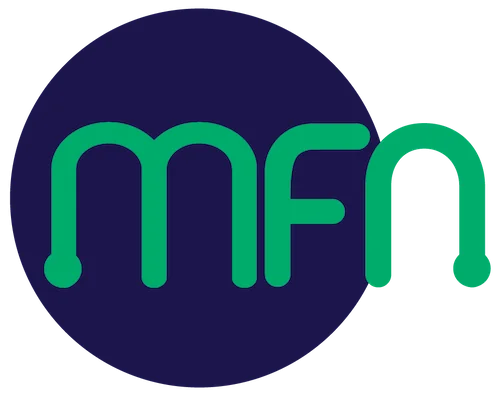Francesca Olsen is a longtime digital marketer who’s always chewing people’s ears off about why branding is important. Here, she breaks down the case for branding and marketing + sales: Why you need both, and what the difference is. Video edited by MFN Communications Associate Natalia Giacomozzi.
VIDEO TRANSCRIPT
So I’m happy to give you some cool and short insights about branding and content marketing for your startup. So let’s just get right into it.
There is a cliché, I hear all the time that startups focus too much on sales. And honestly, that’s the nature of the beast, I’m not going to try to convince you not to focus on sales as a startup; sales is money in proof of concept. But customers still need to know about you and your story. And if they connect, they’re going to keep coming back to you. You want that; you probably don’t want a single sale customer who never thinks about you again, doesn’t care about you. You still want to be able to focus on creating long-term lasting customer and stakeholder relationships and branding and storytelling is going to help you do that way more than sales-focused marketing is so you really do have to do both.
Sales vs. Marketing for Startups
Here is a little difference between sales and marketing graphic. I love this. And I actually use this in my marketing class at MCLA. So, sales: To Jacksonville, straightforward and direct. Marketing: To mom’s for Christmas. So you can clearly see the big difference between marketing, where we’re telling a story, or making a case. And we’re pulling an audience member in to say, here’s why we want somebody to do something to take an action to buy something, to get to know us better.
But here is why I want every company to do this and why I think this is going to be successful for every company that tries to do this. Creating a brand narrative leaves less room for your customers to make unfair or inaccurate assumptions about you, because you have created a firm foundation to stick to that gives you a platform to become an expert and a leader in whatever industry you’re in. If you do not have that, especially in a highly technical arena, you’re going to find that people misunderstand your product, they’re not quite sure what it does. They’re not quite sure what the customer is what the application is. But if you have this firm foundation to stick to and this platform where you’re constantly educating, you are going to have less of that issue.
Anchoring Your Mission to Your Marketing
Also, of course, you have a mission, vision and values for your company. And creating a branding platform that anchors to that mission can revolutionize your content marketing, and keep the train firmly on the tracks. That way you’re not writing about your office cat. Every time you can’t think of anything to do, you can go back to your mission, vision and values and say, “is this piece of content anchored to our mission, vision and values? Is it going to work?” So that’s going to help you keep that train on the tracks. It also gives you an opportunity to branch off from the focus of your pitch and create content that supports your platform. So if you have a really beautiful website full of educational, thoughtful, inspiring content about whatever your product is, and you go in to make a pitch, what’s behind that pitch is all of that content that you’ve just built, and somebody may have reviewed it in that room before you pitch to them. That’s extremely useful to you.
Early Adopters Need a Story
I also want to make my argument using this curve from Purple Cow by Seth Godin. This is a great book about marketing, a must-read if you’re very early into thinking about marketing. So especially at the beginning, when you are selling or promoting a really life-changing groundbreaking product, you want to be talking to the innovators. Those are the 2.5% of people on the left side of the curve. So these people need a great product. But they also need a great story. These are the people who are going to evangelize for you and your brand. And if you only have a sales transaction, they’re not going to have an amazing story to tell people: “Oh, did you know that this person did this, this and this, and that didn’t work before they tried this and this product is perfect?” You want those innovators and early adopters to be telling that story to your early and late majority customers and to your laggards who finally hop on by the time everybody else has. And once you get to that laggards customer cycle from this book, that story is baked into the product. Everybody is going to know about it because it’s been spread from the innovator and early adopter curve.
Getting Started
So how do you do this? Here’s a quick branding exercise to kind of begin centering yourself and thinking about branding and storytelling. for your company, ask yourself these three questions and write down the answers. What do you do better or differently than your competitors? What connects you to your customers and your stakeholders? What do you believe in? What values are driving this work? This is really important stuff. And it’s really important to get in front of this so that people don’t just make up those answers for themselves while they’re looking at your marketing. From that information, you can choose three words that line up with your answers to these questions. These words could be groundbreaking. Space, age, orange, whatever. So those, those are your anchors your answers to those questions. And those three words set the tone of your marketing and the storytelling, and gives you an opportunity to anchor all of your answers all of your promotional materials to those values and those words, and that’s a great beginning roadmap to start with.
That is everything I can tell you about branding in just a few minutes, but there’s so much more, so please check out the MFN Journal for additional content and tell me what you want to see! You can email us at MFNfeedback@leverinc.org.



